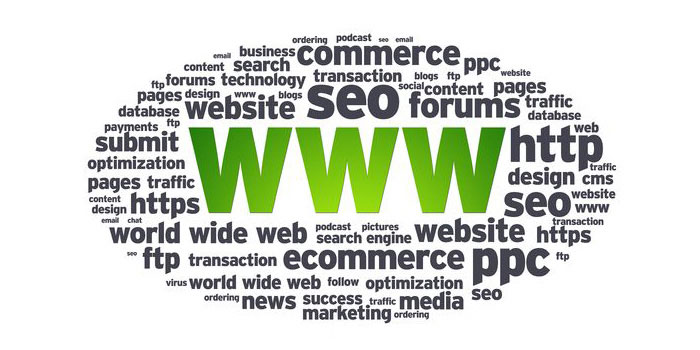What should we focus on when boosting web performance today? Surely we’ve heard about Core Web Vitals and Lighthouse scores, but is it enough to get into the green zone in the Google Search Console? How do we optimize for specific regions in a world where our user base is? And how do we debug long tasks and layout shifts?
In today’s post, we try to answer at least some of these questions — with a few helpful guides to resolve performance issues in your sites or apps.
Cumulative Layout Shift (CLS)
To prevent your users from experiencing unexpected page shifts, you should keep an eye on the Cumulative Layout Shift (CLS) Core Web Vital. The CLS Debugger helps you identify what needs improving in the initial load of your site.
Read full article at CLS Debugger – https://bit.ly/3M1cLZe
Time to First Byte (TTFB)
The Time to First Byte (TTFB) metric is a foundational web performance metric. If it’s too high, you risk that TTFB slows down the metrics that follow it — First Contentful Paint or Largest Contentful Paint, for example. But how to assess if the TTFB of your site is problematic? And if it is, how to fix it? Jeremy Wagner wrote a comprehensive post on how to prioritize for Time to First Byte.
Read full article at Web.dev – https://bit.ly/3AZAVxi
Largest Contentful Paint (LCP)
Browsers usually determine a request’s priority by its type and position in the document markup. If you want to change this default priority, let’s say because the browser queues your Largest Contentful Paint (LCP) image, it might be a good idea to experiment with Priority Hints to reduce the waiting time. Kevin Farrugia wrote a great introduction to how Priority Hints work and what to watch out for.
Read full article at imkev.dev – https://bit.ly/429wX0U







